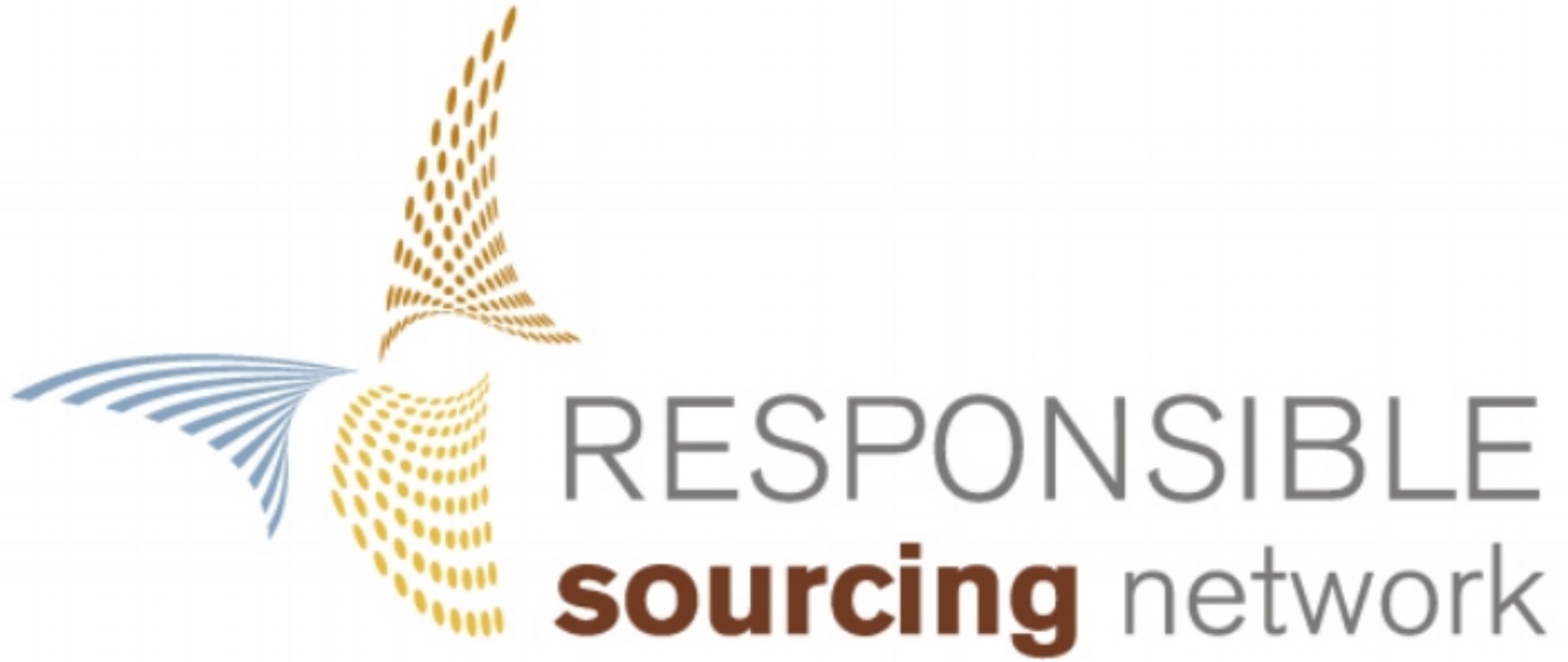Where is the Tainted Uzbek Cotton Going?

Uzbek government officials signing contracts
to sell cotton sourced with forced labor.
Photo: uzreport.uz
The cotton harvest in Uzbekistan has ended this year, but forced labor orchestrated by the government of its own people is still deeply embedded into its production. Although over 160 companies and brands have signed the Cotton Pledge committing to avoid Uzbek cotton, the government has touted signing contracts worth over $1 billion in sales. This dichotomy raises an important question. What is the final destination of Uzbek cotton?
While it can be difficult to track the sale of cotton to a specific company due to the lack of transparency in the supply chain, several countries are known to import large quantities of cotton from Uzbekistan. Since many Western companies have boycotted the use of Uzbek cotton in their products, the Uzbek government has been targeting Asian markets to sell its cotton as well as expanding its domestic market for yarn and textile production. Most companies based in Bangladesh and China, where the vast majority of Uzbek cotton is exported, have yet to take any action to boycott cotton picked with forced labor. Furthermore, all but one cotton trading company continue buying Uzbek cotton.
“Daewoo, Indorama and the trading companies continue to buy forced-labor cotton from Uzbekistan, even after acknowledging the human rights abuses in its production,” said Umida Niyazova, Director of the Uzbek-German Forum for Human Rights. “The companies must cease this violation of international business and human rights standards, and their home-country government should hold them accountable.”
Upon the completion of the 10th International Uzbek Cotton and Textile Fair in Tashkent on October 14th, 2014, the Government of Uzbekistan announced cotton and textile sales of over $1 billion, compared to approximately $600 million in past years. In 2013, Bangladesh and China were the largest buyers of Uzbek cotton and accounted for over half of total sales. This year, in addition to companies based in Bangladesh and China, companies from South Korea, UAE and Russia also signed cotton contracts.
When Uzbekistan first starting hosting a fair in 2005, it was named the International Uzbek Cotton Fair. Since then, it has changed its name to the International Uzbek Cotton and Textile Fair. With the official announcement of “sales of $1 billion”, it is unclear exactly the value of cotton sales that will be exported outside of Uzbekistan, since this figure refers to cotton and textiles. Furthermore, several contracts that were announced were with companies that have joint ventures inside the country such as Daewoo International and Indorama. The figure “560,000 tons” of cotton sold was released, but it is unknown the value of this amount, which is estimated to be about half of the total expected production. The Uzbek government keeps a tight control over any media announcements regarding its cotton exports, keeping many readers in the dark regarding actual prices and exact sales amounts.
Is the Uzbek government increasing domestic production and manipulating the words and numbers to hide the fact that its cotton exports are decreasing? We think so.
The time to end state-orchestrated modern-day slavery in Uzbekistan is now. Due to our combined efforts, some progress has been made, such as the large elimination of the youngest children from the cotton fields. But we must keep up the pressure to ensure all older children and adults are not forced to pick cotton. Apparel brands and retailers have a responsibility to do their part to end cotton crimes around the world. If they haven’t already done so, it is important for brands and retailers to sign RSN’s Cotton Pledge as well as commit to the Cotton Campaign’s Daewoo Protocol. However, companies should not only show their support of ending the coercive system, but establish steps such as communicating their commitments to their suppliers and implementing due diligence to ensure their cotton is not indirectly supporting slave labor.
